Once Paris totalled over 1,200 vespasiennes. These public urinals were part of the Paris street furniture. First introduced in the mid-19th century, only one of them has kept to this day. To find the last vespasienne in Paris, you’ll have to head towards the Santé prison, to boulevard Arago (13th arrondissement). Let’s find out more…
Vespasienne, a public urinal
In the Middle Ages, a royal edict forbade urinating on the streets of Paris but it was never really respected nor seriously enforced. In the 19th century, the Chief of Police fixed a great number of empêche-pipi at the street corners to prevent wild peeing.

In order to reduce urination onto buildings, sidewalks, or streets, the best idea came in 1841 with the introduction of public urinals.
It was Claude-Philibert Barthelot (1781-1869), count of Rambuteau and Préfet of Paris who wished to create a cleaner Paris. His motto was “water, air, shade”. He set up fountains, modernised the sewers of Paris, developed gas lighting and planted trees along the avenues.
Paris owed him the creation of public urinals along the streets and squares of Paris. The first urinals were integrated into simple cylindrical shape structures that were primarily used for notices and advertisements. They were very similar to today’s Morris columns. Rapidly there were called by Parisians « Colonnes Rambuteau » (Rambuteau columns). Not very fun for your name to be associated with public urinals, isn’t it?

The name had to be changed. By tracing back to the Roman era, a new name was found: vespasienne. This word derives from the great Emperor Vespasian (AD 9-AD 79) himself. Legend has it that the Roman emperor placed a tax on urine collection for use in tanning. Needless to say, he was ridiculed for his decision! His response to his detractors was Pecunia non olet (Money does not stink).
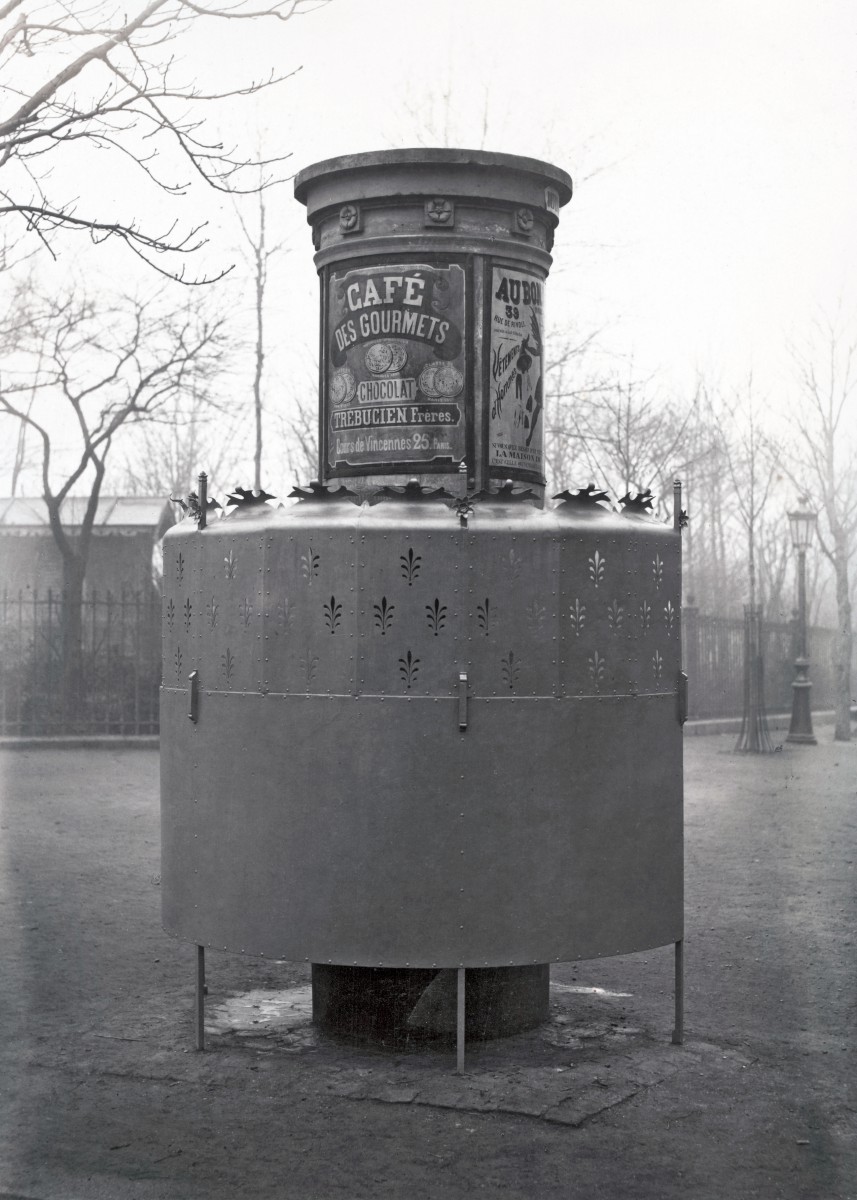
In 1877 the public urinals were made more spacious and able to welcome more people at the same time. Multi-compartmented structures could include six to eight stalls surrounded by raised modesty screen, decorative trim at the top and an iron railing fence behind. There was often a gas lamp surmounting the structure to make them easy to find at night.
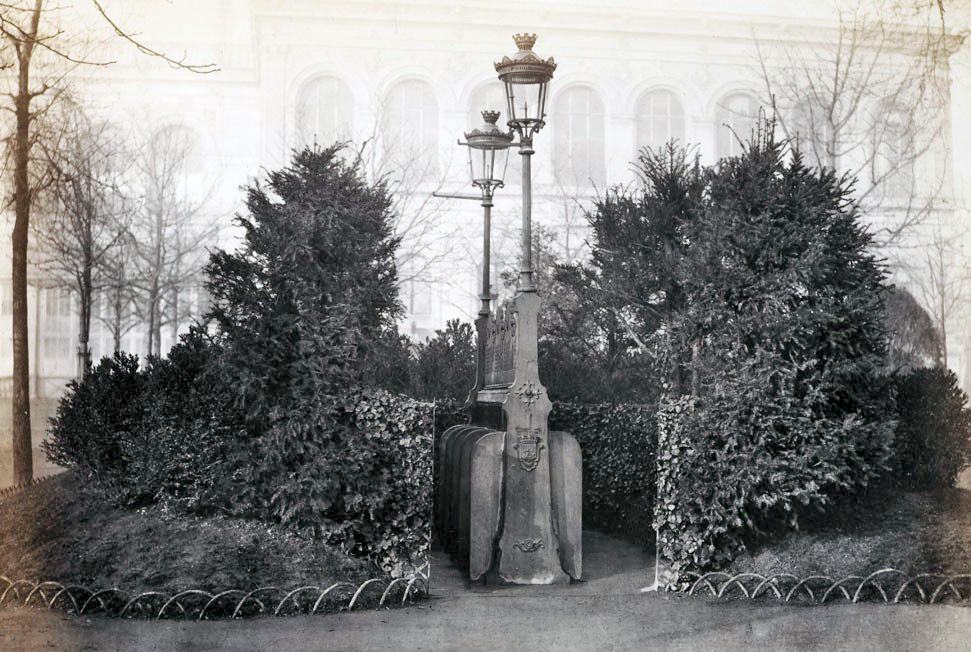
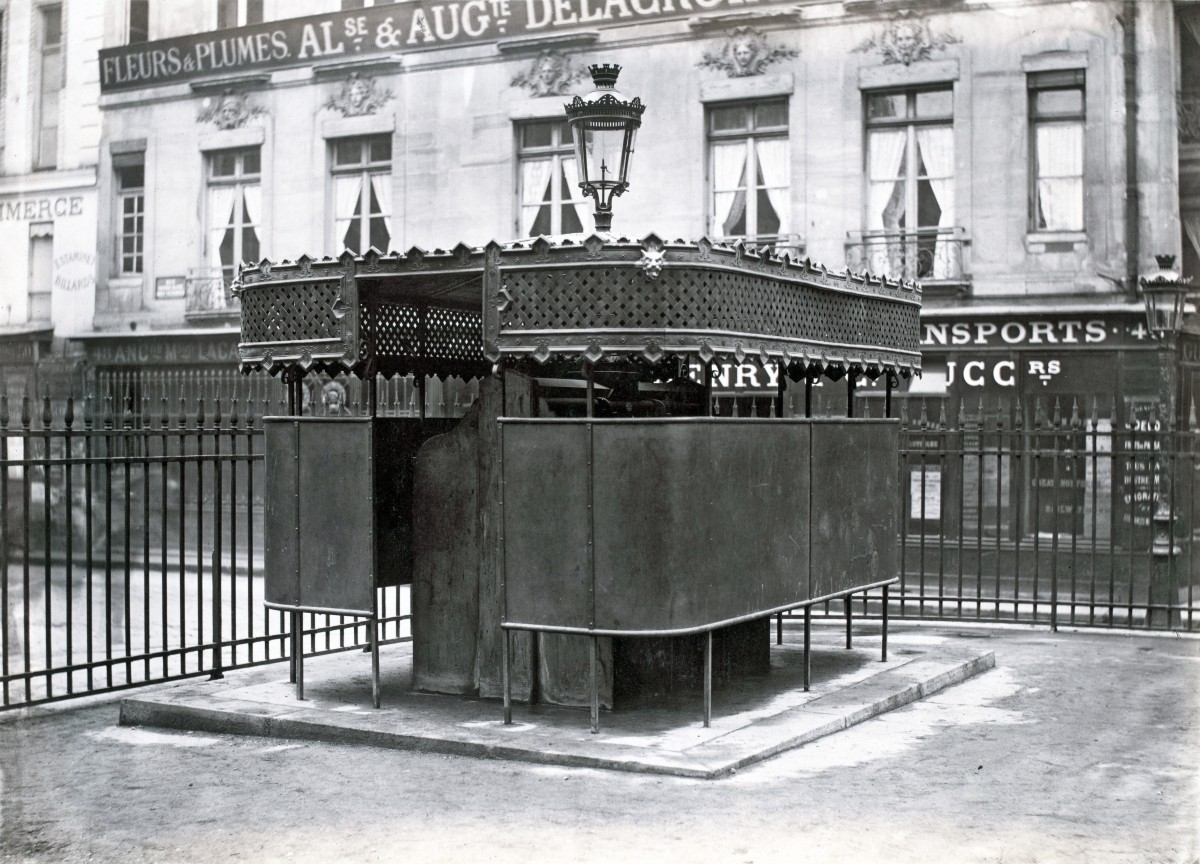
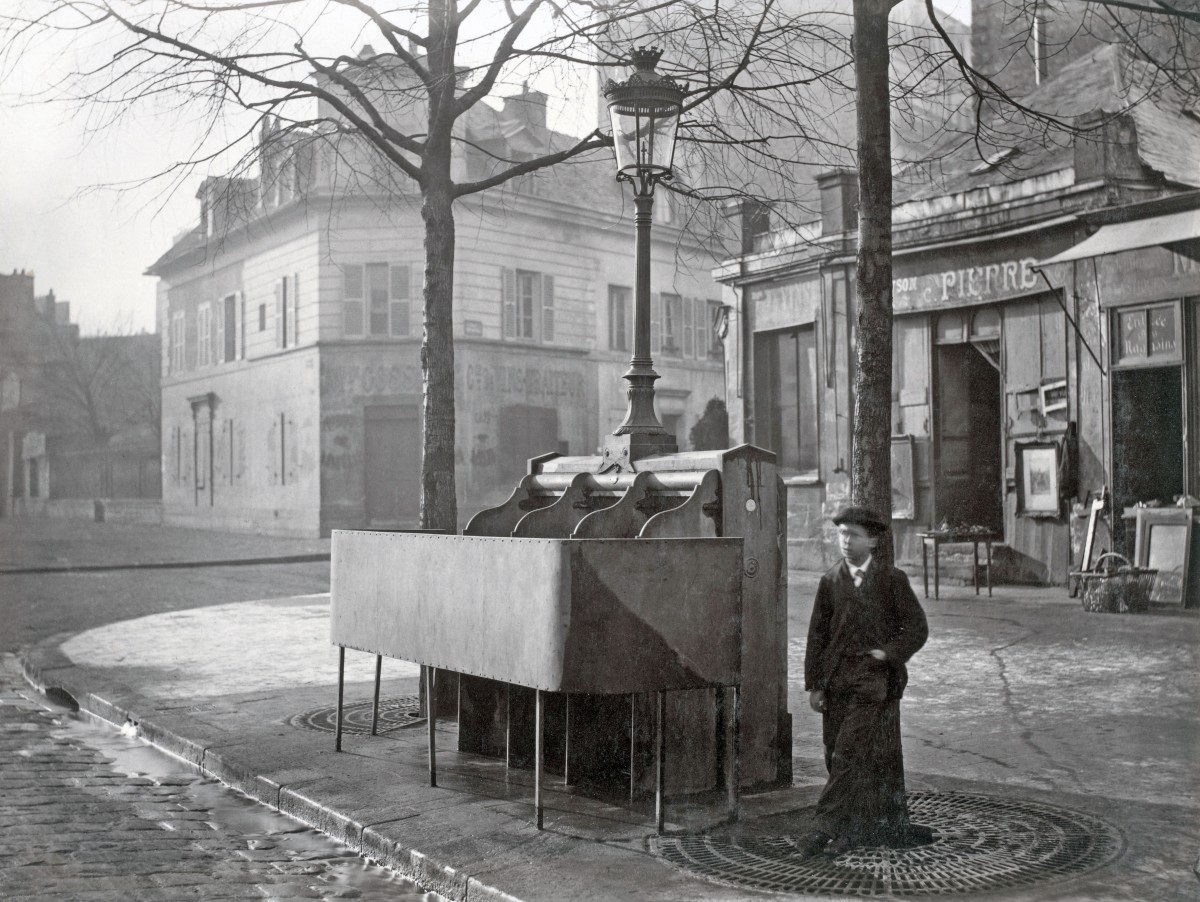
The last Vespasienne in Paris
In the 1930s, Paris totalled 1,230 public urinals. By 1966, the number decreased to 329. In 2017, only one has been kept, and you’ll find it on Boulevard Arago (13th arrondissement) by the wall of the Santé Prison. It is still regularly used… as I observed on my last visit! (but did not dare to step inside – boy the smell is still awful and repulsive!).
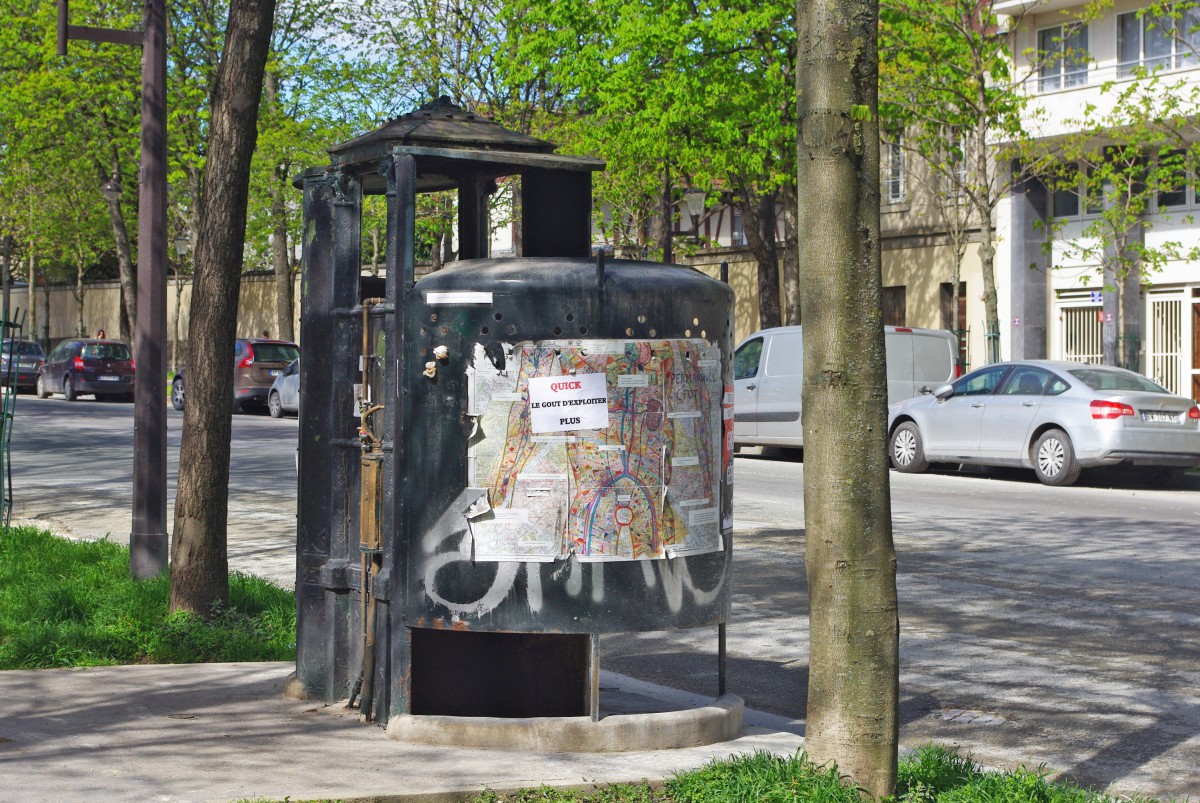
Although it is a piece of ‘historic street furniture’ it is not the most beautiful example of all the vespasiennes that once existed. Constantly covered by posters, this structure may not last too long before being removed from the street. (For the exact location of the last vespasienne in Paris on google map.)
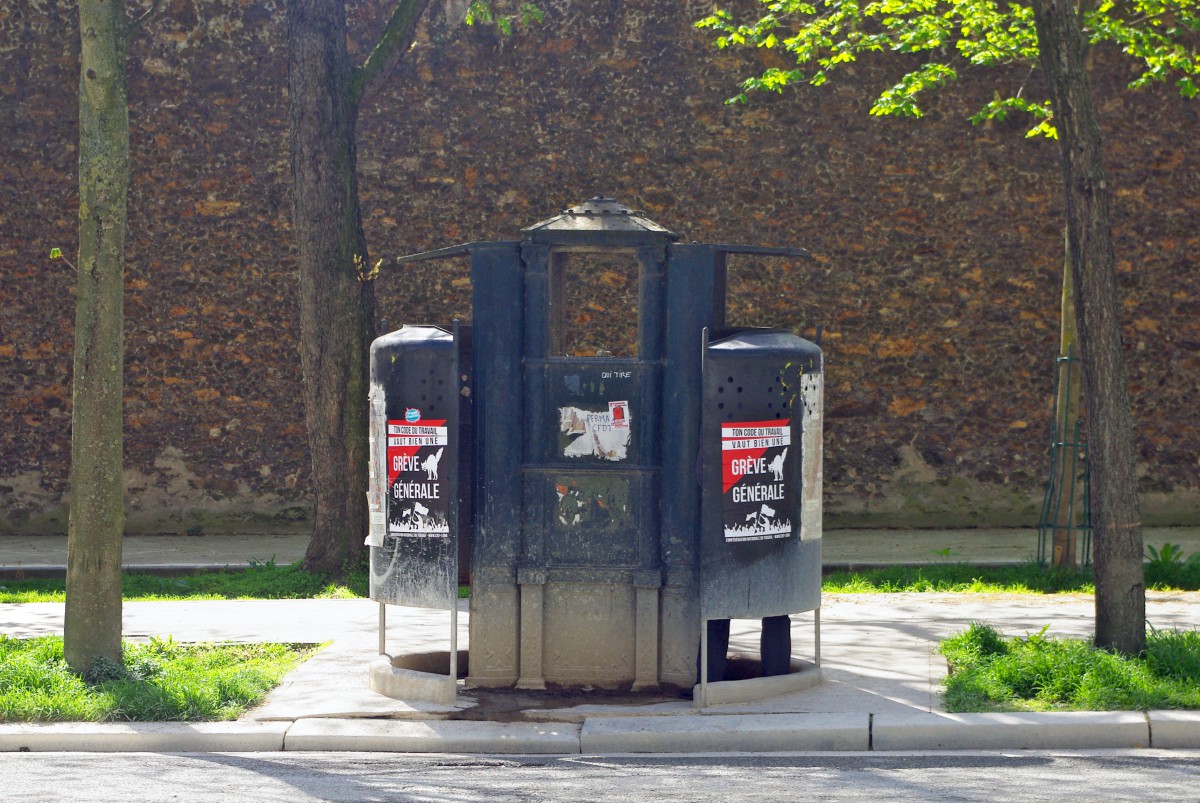
Today the vespasiennes have been replaced by sanisettes. These self-contained, self-cleaning, unisex, public toilets are free in Paris. There are more than 420 sanisettes scattered across the French capital.
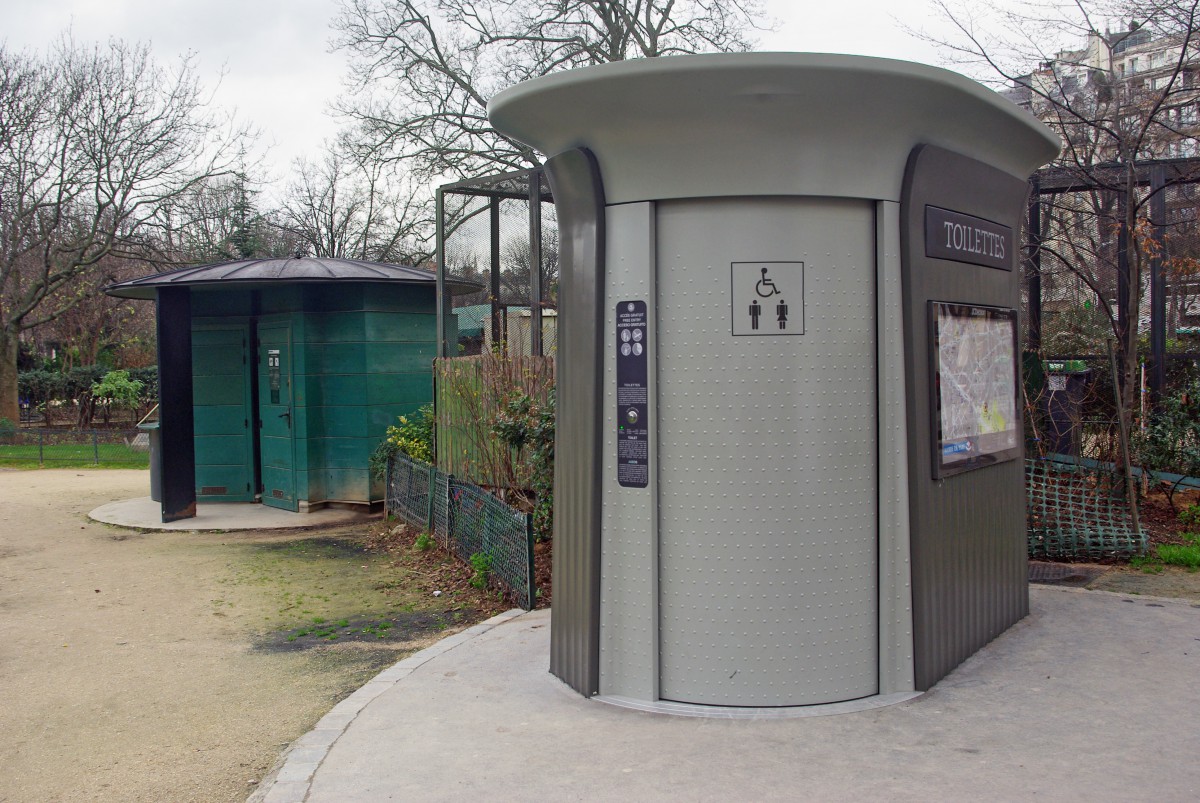
French words for public urinals
In French, a public urinal is known as une vespasienne, un urinoir, un pissoir, une pissotière, une ginette, une tasse…
If you want to know more about the history of vespasiennes in Paris, check out this great post on parisianfields.com.



